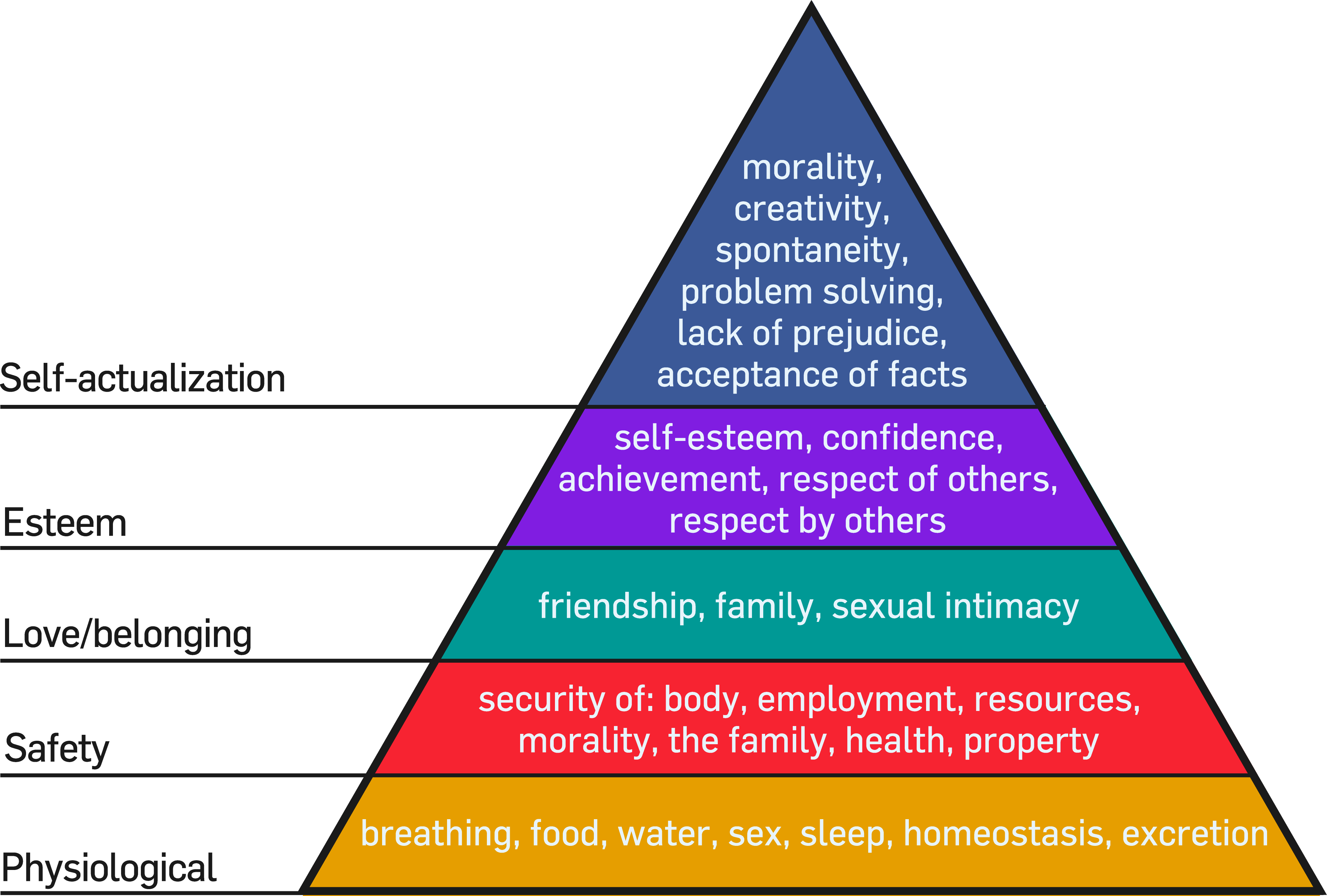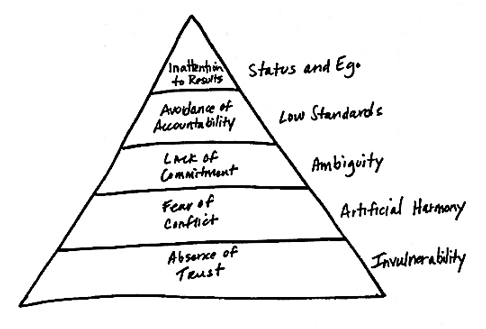Kinky Agile Sex
Linkbait Apology
If you’ve arrived here expecting some kind of titillation or advice on athletic sexual technique, then, as Ackoff once observed, you may “feel like a pornographic movie being shown to people who’ve just engaged in sex… in short, anti-climax”.
Oh, and if you don’t enjoy ethical dilemmas, this post is probably not for you, either. Sorry.
The Lede
So, here it is. The ethical dilemma in question:
When do the noble aims and aspirations of Agile Coaching, Agile Software Development, etc., cross some invisible line and degenerate into “base and unworthy use” of folk’s talents and abilities?
My contention is that this happens all too often.
Why it Matters
I see and hear of a lot of folks that are unhappy or stressed-out by the uneasy tension that exists between many Agile people and teams, and the wider organisations that they serve. This makes me want to help. To the extent that talking about things helps, that’s what I’m doing with some of my blog posts, including this one.
Words, Words
I have to thank @pablopernot for guiding me to the roots of the word “coach”, including the insight that “En Normand, le terme coche désigne une prostituée ; le mot encore utilisé aujourd’hui dans toute la Normandie” [Translation: In Norman , the term coach designates a prostitute; the word is still used today all over Normandy].
You can see where this is going…
pros·ti·tu·tion
[pros-ti-too-shuhn, -tyoo-] noun
2. base or unworthy use, as of talent or ability.
kink·y
[king-kee] adjective
3. (Slang) marked by unconventional preferences or behaviour, as fetishism, sadomasochism, or the like.
4. having to do with someone or something strange or weird.
In case you’re wondering about what I mean by “performing unnatural acts”, etc., here’s just a few things that some of my Agile friends have mentioned to me recently:
- Coaches being asked to provide estimates for a project, even commit to them on behalf of their team
- Scrum Masters being compelled to “open” the black box of the Scrum iteration and report on progress / status during a sprint.
- Developers being moved from one team to another at the behest of management and without the consent of anyone involved.
- Teams being “stuffed” with narrow specialists, with regard to neither flexibility nor social “fit”.
- Teams compelled to conform to corporate “standards” with regard to development tools, practices.
- Teams precluded from implementing improvements because they “deviate from the Book“.
- Restricted (or no) access to business domain experts.
- First deployment into production deferred until six months after project start.
- Scrum Masters whose time is divided between a number of teams, to the detriment of all.
- Being asked to do things that will likely undermine the trust, commitment and cohesion of the team.
Historical Parallels and Ironies
- Although foreign IT workers and sex workers at that time were both required to register with the Police, foreign IT workers were not required to be regularly “tested”.
- The charging for licences seems strangely analogous to the Certification scams long foisted on the Scrum community (and, indirectly, its clients) : “Pay us for even the very opportunity to be exploited.”
Moolah
It’s all about the dollar, baby.“Most [sex workers] actually become numb to it. They begin to view sex as a very emotionless thing. Most prostitutes will do anything but kiss on the mouth.”
- Everyone has to make a living, somehow.
- Some of the ‘Johns’ (like the development team members) do enjoy the experience, at least in the short-term.
- Most jobs are some form of prostitution.
- Even folks who are not paid money for their work, or who are unemployed, prostitute themselves in other ways.
Kinky Clients
When money is the primary motivation, then is it also true that anything goes? If the client asks for “strange or weird” things – that is, strange and weird (not to mention distasteful) from the Agile perspective – should we accede graciously, cavil but comply, or refuse altogether? Where to draw the line? Can we even draw any kind of line, when it’s all about the dollar, baby?
Exploitation or Symbiosis?
Some folks say that sex prostitution exploits women (the workers). Some say it exploits men (the clients). Most regard it as regrettable. Many regard it (for example, the Germans) as necessary. Nearly everyone chooses not to talk or think about it much, if at all. You’re probably quietly cursing me for even mentioning it. Again, where’s the line between exploitation and symbiosis?
What’s Wrong with Prostitution, Anyway?
My back-of-a-fag-packet definition of prostitution is “any activity that would not normally be undertaken in circumstance of choice, free will and mutual consent.” How many Agile Coaches, Consultant, Scrum Masters, etc, can honestly say they would be servicing their current clients were it not for the money? There are some, I know. And fair (e.g. consensual) exchange is no robbery, after all.
This post lays out the whole thorny question quite well, I think.
Maybe one distinction in the case of things Agile is the nature of the (implicit) contract underpinning the exchange: The Agilist will serve the client, including their kinky requirements, in exchange for money – and, more importantly, for the opportunity to make a positive difference (e.g. to folks’ lives). When the latter element is removed, or fails to materialise, or turns out to be an empty promise, then the implicit contract degenerates into a simpler time-for-money equation, which may negate the fairness from the perspective on one – or even, both – parties. Put another way, when do the noble aims and aspirations of things Agile cross some invisible line and degenerate into “base and unworthy use”? My contention is that this happens all too often.
Pimps
Whether or not we each choose to regard Agile Coaching, Scrum Mastering, Consulting and Development as prostitution, or as something else, a special place in Hell is reserved for the pimps. You know who I mean. The unsavoury, coercive, sociopathic types that find the clients for their (own – and owned) workers, and take their – generally, considerable – cut. As long as the money’s coming in, as long as the clients are not complaining to the police, as long as the workers keep grinding away, and as long as society continues to look the other way, they’re in clover.












